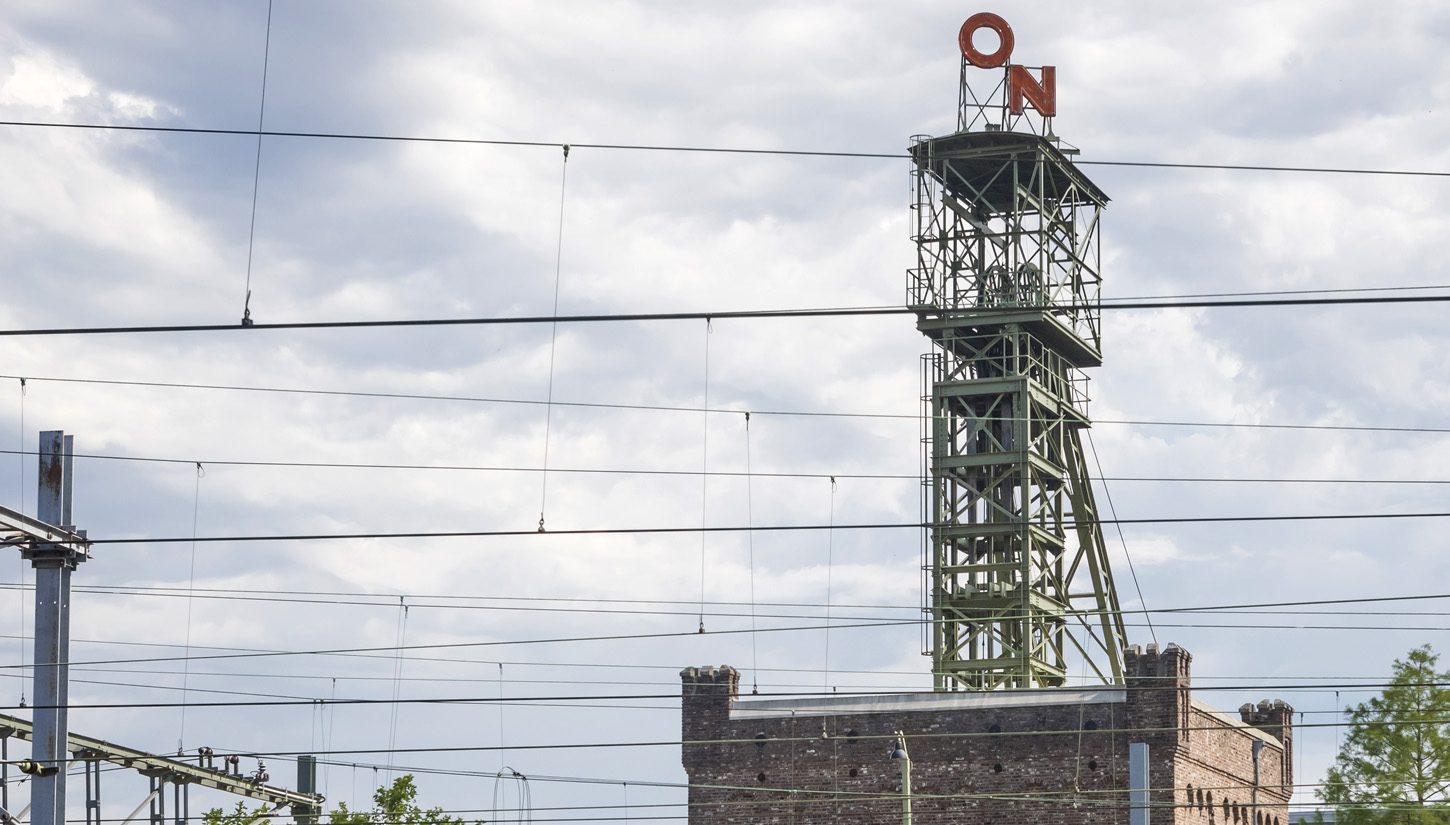At the Dutch Mining Museum in the city of Heerlen, mining history is both metaphorically and literally displayed in the shop window. Inside a monumental 1940s department store, born out of the prosperity that coal mining brought, a brand-new museum was opened on 1 May 2022. One that transports visitors into the Netherlands’ multifaceted coal mining history.
Since 2005, The Dutch Mining Museum had been housed in one of two remaining mine shaft buildings, ‘behind the railway’ in Heerlen. This site was known to be a sacred place for the former miners who hauled the coal to the surface. However, as a site for a museum, it was less suitable. By 2022, the mining museum was relocated to a former miners’ department store in the city centre of Heerlen. Dioraphte made a contribution towards the museum’s permanent exhibition. The contribution is related to the importance of mining, which in the southern part of the province of Limburg represents a particularly significant piece of history. A history that is also relevant for the rest of the Netherlands, as living memories will increasingly disappear into the past.
Preserving stories of the past for the future
‘Many stories about mining in South Limburg still linger in the minds of those who lived through it. The Dutch Mining Museum intends to prevent these stories from being permanently lost when those individuals pass away. Stories of the ‘koempels’ – the Limburg term for those who worked underground – as well as those of their relatives. Their social connections, the role of the church, associations, education… In opening up the window to this Dutch mining past, future generations too will experience what happened here. It is through these insights that we are able to understand the present and together build a new future’.
Egid van Houtem, Managing Director Netherlands Mining Museum
For many years, coal was both literally and figuratively an essential fuel for the Dutch economy. Coal mining was the driving force in the reconstruction of the Netherlands following World War II, with South Limburg supplying the ‘black gold’. But by the mid-1960s, natural gas from Slochteren had become a cheaper alternative. In a matter of just a few years (1966 onwards), all Dutch mines were shut down and dismantled. As their material heritage disappeared, so did much of the region’s intangible heritage. And so, it is likely that very few people know the story of the Mining region.
International design award nomination
The Dutch Mining Museum continues to keep this narrative alive. This is realised through a contemporary presentation over four floors in the new building, each floor featuring a different theme. It literally breathes colour into the mining past: from the black of a region where everything and everyone turned to coal mining, to the gold of the relative riches it brought to the mining region. In 2022, this new presentation promptly secured a nomination from the Society of British & International Interior Design to receive an award in the Public Spaces category. Over the next few years the museum expects to double visitor numbers at its new location to 20,000 a year.
